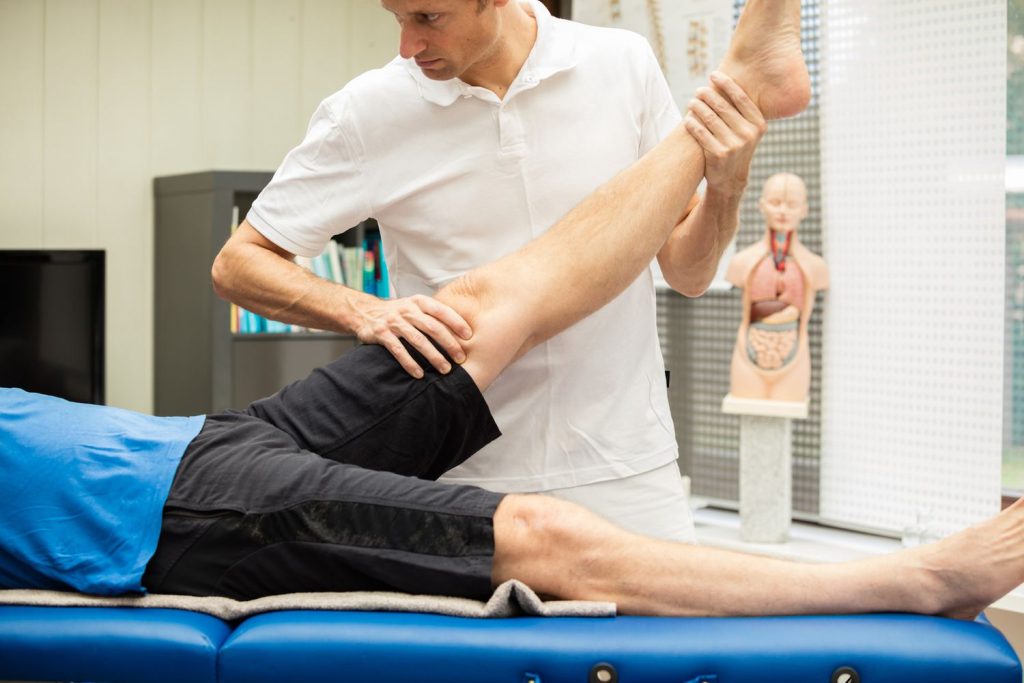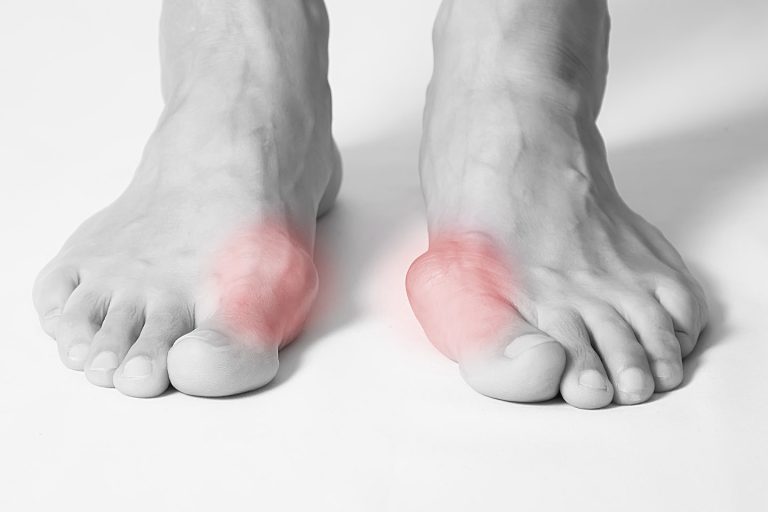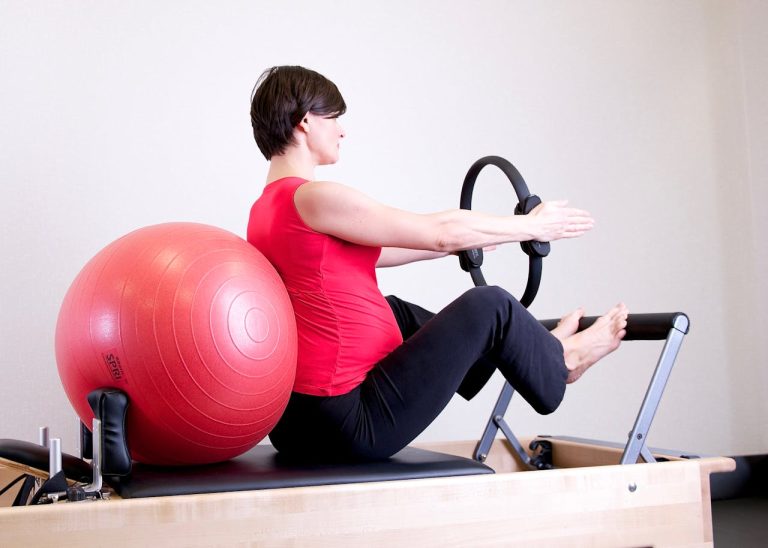Can Sciatica Cause Hamstring Pain
Yes, sciatica can cause hamstring pain. Sciatica refers to pain that radiates along the sciatic nerve, which runs from the lower back down to the legs.
Introduction
The question “can sciatica cause hamstring pain” is common among those suffering from lower back issues. This article will explore the relationship between sciatica and hamstring pain, providing scientific evidence, statistics, and practical information for sciatica patients. Moreover, we will discuss how to differentiate between sciatica and hamstring pain using specific tests.
The Sciatic Nerve and Hamstring Pain
The sciatic nerve is the longest nerve in the body. It branches from the lower back through the hips and down each leg. When this nerve is irritated or compressed, it can cause pain that radiates down the leg. Consequently, the hamstring muscles, located at the back of the thigh, can experience pain.
Scientific Evidence Linking Sciatica and Hamstring Pain
Several studies have investigated the connection between sciatica and hamstring pain. A study published in the Journal of Neurosurgery: Spine found that patients with sciatica often report pain in the hamstring region. Moreover, an article in the European Spine Journal highlighted that compression of the sciatic nerve can lead to pain that radiates to the hamstrings.
Statistics on Sciatica and Hamstring Pain
According to the American Academy of Orthopaedic Surgeons, up to 40% of people will experience sciatica in their lifetime. Among these individuals, a significant percentage report hamstring pain as a symptom. Furthermore, a study in the Journal of Orthopaedic & Sports Physical Therapy found that hamstring pain is a common complaint among sciatica patients.
Symptoms of Sciatica-Induced Hamstring Pain
Sciatica-induced hamstring pain is typically characterized by:
Radiating Pain: Pain that starts in the lower back and extends down the leg.
Sharp or Burning Sensation: Unlike typical muscle soreness, sciatica pain often feels sharp or burning.
Numbness or Tingling: Many patients experience numbness or tingling in the leg.
Weakness: The affected leg may feel weak.
Differentiating Between Sciatica and Hamstring Pain
To effectively treat your condition, it’s crucial to differentiate between sciatica and hamstring pain. The following tests can help:
Straight Leg Raise Test
Lie on your back with legs straight. Slowly raise one leg until you feel pain. Sciatica often causes pain to radiate past the knee, whereas hamstring pain typically stops at the thigh.

Slump Test
Sit upright with hands behind your back. Slowly slump forward while extending one leg. Sciatica pain usually worsens with this test, while hamstring pain remains localized.

Palpation
Directly pressing on the hamstring muscle can help identify hamstring strain. If pain increases upon palpation, it may indicate hamstring issues rather than sciatica.
Treatment Options for Sciatica and Hamstring Pain
Understanding whether sciatica or hamstring pain is causing discomfort is essential for effective treatment. Here are some common treatment options:
Sciatica Treatments
Physical Therapy: Exercises to strengthen back muscles and improve flexibility.
Medications: Anti-inflammatory drugs can help reduce pain and swelling.
Epidural Steroid Injections: Injections to reduce inflammation around the nerve.
Surgery: In severe cases, surgery may be required to relieve nerve pressure.
Hamstring Pain Treatments
Rest and Ice: Resting and applying ice can reduce inflammation and pain.
Compression and Elevation: Wrapping the leg and elevating it can help reduce swelling.
Stretching and Strengthening Exercises: Gentle stretching and strengthening exercises can aid recovery.
How Medcareline.com Can Help
At Medcareline.com, we provide valuable information for sciatica patients. Our informational posts offer tips on managing sciatica and hamstring pain, helping you understand your condition better. Moreover, we provide guidance on various treatment options and exercises to alleviate pain.
Preventing Sciatica and Hamstring Pain
Prevention is always better than cure. Here are some tips to prevent sciatica and hamstring pain:
Maintain Good Posture: Proper posture reduces the risk of developing sciatica.
Exercise Regularly: Regular exercise strengthens muscles and improves flexibility.
Lift Properly: Use your legs, not your back, to lift heavy objects.
Stay Active: Avoid sitting for prolonged periods. Take breaks to move around.
Conclusion
In conclusion, sciatica can indeed cause hamstring pain. The relationship between the two conditions is well-documented in scientific literature. Differentiating between sciatica and hamstring pain is crucial for effective treatment. By understanding the symptoms and undergoing appropriate tests, you can manage your condition better. Medcareline.com offers valuable resources and guidance to help you navigate your journey with sciatica. Remember, proper diagnosis and treatment are key to alleviating pain and improving quality of life.
References
- American Academy of Orthopaedic Surgeons. (n.d.). Sciatica.
- Journal of Neurosurgery: Spine. (n.d.). Study on Sciatica and Hamstring Pain.
- European Spine Journal. (n.d.). Compression of the Sciatic Nerve.
- Journal of Orthopaedic & Sports Physical Therapy. (n.d.). Hamstring Pain in Sciatica Patients.
- Medcareline.com. (n.d.). Informational Posts on Sciatica.
By providing reliable and up-to-date information, Medcareline.com aims to support sciatica patients in managing their condition effectively.







